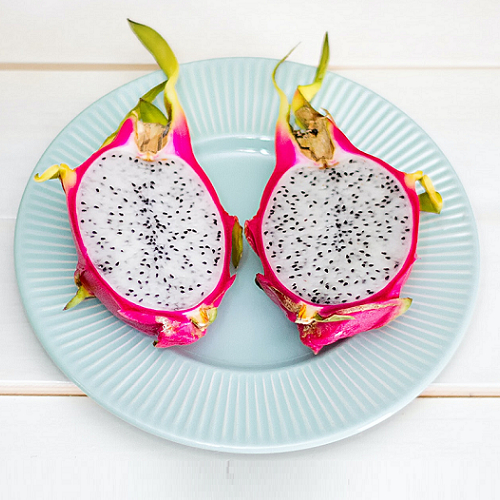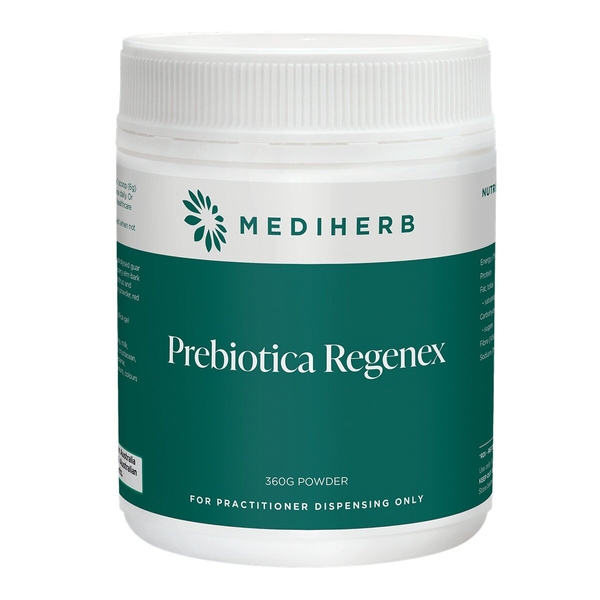
Dragon fruit
Scientific names: Hylocereus undatus, Cereus tricostatus, Cereus trigonus, Cereus undatus, Hylocereus guatemalensis, Cereus guatemalensis, Hylocereus polyrhizus, Hylocerus triangularis, Cactus triangularis, Cereus trianglaris, Selenicereus traingularis
Family: Cactaceae
Alternate names: Belle de Nuit, Belle of the Night, Buah Naga, Cardo-Ananas, Cato-Barse, Chaca, Chacam, Chak-Wob, Cierge-Lezard, Condorella Plant, Dachenfr Skogskatus, Distelbirn, Distelbirne, Distelbrin, Dragon Pearlfruit, Echte Stachelbrin, Echtestachelbrin, Flor de Calis, Flor de Caliz, Junco, Junco Tapatio, Moonlight Cactus, Night Blooming Cereus, Noble Woman, Nopal, Orijona, Panani O Ka, Paniniokapunahou, Papipi Pua, Pitahaya, Pitahaya Dulce, Pitahaya Fruit, Pitahaya Orejona, Pitahaya Roja, Pitahaya Rouge, Pitajava, Pitajaya, Pitaya, Pitaya Fruit, Pithaya Orejona, Pithaya Roja, Pithaya Rouge, Pitjaya, Poire de Chardon, Queen of the Night, Red Pitahaya, Red Pitaya, Reina de la Noche, Rod Pitahaya, Rud Pitahaya, Strawberry Pear, Tasajo, Thanh Long, Tuna, Zacamb, Zunlongguo
Actions: General, Anticancer, Antidiabetic, Anti-obesity, Antioxidant, Cardiovascular, Wound healing
Background
Dragon fruit is the fruit of a kind of cactus that grows in dry areas of South America. Usually the skin of the dragon fruit is red and the pulp is red or white. Dragon fruit is sometimes used as medicine. The fruit is also popular as a food.
Dragon fruit is used for diabetes, prediabetes, high blood pressure, high cholesterol, obesity, and many other conditions, but there is no good scientific evidence to support these uses.
Dragon fruit can be eaten raw or made into wine, juice, spreads, or desserts. The flowers are sometimes eaten as a vegetable or made into a tea.
In manufacturing, the peel of the fruit is used as food coloring and as a thickener.
Dragon fruit is used for diabetes, prediabetes, high blood pressure, high cholesterol, obesity, and many other conditions, but there is no good scientific evidence to support these uses.
Dragon fruit can be eaten raw or made into wine, juice, spreads, or desserts. The flowers are sometimes eaten as a vegetable or made into a tea.
In manufacturing, the peel of the fruit is used as food coloring and as a thickener.
Safety Safety definitions
When taken by mouth: Dragon fruit is LIKELY SAFE when eaten as a food. There isn't enough reliable information to know if taking dragon fruit as medicine is safe or what the side effects might be. Some people might be allergic to dragon fruit.
Diabetes: Dragon fruit might lower blood sugar levels. If you take dragon fruit, monitor your blood sugar levels closely.
Surgery: Dragon fruit might interfere with blood sugar control. Stop taking dragon fruit at least two weeks before a scheduled surgery.
Special Precautions & Warnings:
Pregnancy and breast-feeding: There isn't enough reliable information to know if dragon fruit is safe when used in medicinal amounts when pregnant or breast feeding. Stay on the safe side and stick to food amounts.Diabetes: Dragon fruit might lower blood sugar levels. If you take dragon fruit, monitor your blood sugar levels closely.
Surgery: Dragon fruit might interfere with blood sugar control. Stop taking dragon fruit at least two weeks before a scheduled surgery.
Effectiveness
NatMed Pro rates effectiveness based on scientific evidence according to the following scale: Effective, Likely Effective, Possibly Effective, Possibly Ineffective, Likely Ineffective, Ineffective, and Insufficient Evidence to Rate.
Insufficient evidence Effectiveness definitions
- Diabetes. Some early research shows that taking dragon fruit does not lower blood sugar levels in most people with type 2 diabetes. But more research is needed to see if higher doses might be beneficial.
- Prediabetes. Early research shows that dragon fruit can lower blood sugar levels in most patients with prediabetes. Higher doses seem to be most effective.
- Cancer.
- Heart disease.
- High blood pressure.
- High cholesterol.
- Obesity.
- Wound healing.
- Other uses.
Dosing & administration
The appropriate dose of dragon fruit depends on several factors such as the user's age, health, and several other conditions. At this time there is not enough scientific information to determine an appropriate range of doses for dragon fruit. Keep in mind that natural products are not always necessarily safe and dosages can be important. Be sure to follow relevant directions on product labels and consult your pharmacist or physician or other healthcare professional before using.
Interactions with pharmaceuticals
Medications for diabetes (Antidiabetes drugs)
Interaction Rating=Moderate Be cautious with this combination.
Dragon fruit might lower blood sugar. Diabetes medications are also used to lower blood sugar. Taking dragon fruit along with diabetes medications might cause your blood sugar to go too low. Monitor your blood sugar closely. The dose of your diabetes medication might need to be changed.
Some medications used for diabetes include glimepiride (Amaryl), glyburide (DiaBeta, Glynase PresTab, Micronase), insulin, metformin (Glucophage), pioglitazone (Actos), rosiglitazone (Avandia), chlorpropamide (Diabinese), glipizide (Glucotrol), tolbutamide (Orinase), and others.
Interactions with herbs & supplements
Herbs and supplements that might lower blood sugar: Dragon fruit might lower blood sugar levels. Taking it along with other herbs and supplements that might lower blood sugar could cause your blood sugar to go too low.
Some herbs and supplements that might lower blood sugar include alpha-lipoic acid, bitter melon, chromium, devil's claw, fenugreek, garlic, guar gum, horse chestnut, Panax ginseng, psyllium, Siberian ginseng, and others.
Some herbs and supplements that might lower blood sugar include alpha-lipoic acid, bitter melon, chromium, devil's claw, fenugreek, garlic, guar gum, horse chestnut, Panax ginseng, psyllium, Siberian ginseng, and others.
Interactions with foods
There are no known interactions with foods.
Action
Dragon fruit contains chemicals which act as antioxidants. These compounds might help protect the body.
Products
View all productsvital.ly has licensed monographs from TRC Healthcare.
This monograph was last reviewed on 31/07/2024 10:00:00 and last updated on 29/11/2021 09:22:00. Monographs are reviewed and/or updated multiple times per month and at least once per year.
Natural Medicines disclaims any responsibility related to medical consequences of using any medical product. Effort is made to ensure that the information contained in this monograph is accurate at the time it was published. Consumers and medical professionals who consult this monograph are cautioned that any medical or product related decision is the sole responsibility of the consumer and/or the health care professional. A legal License Agreement sets limitations on downloading, storing, or printing content from this Database. No reproduction of this monograph or any content from this Database is permitted without written permission from the publisher. It is unlawful to download, store, or distribute content from this site.





